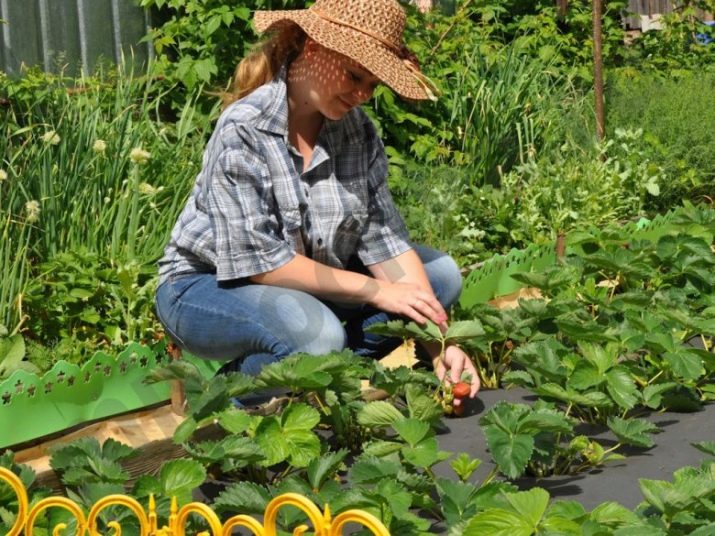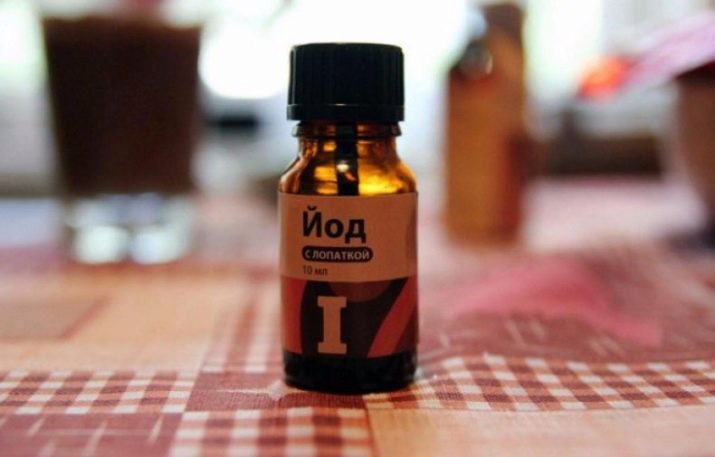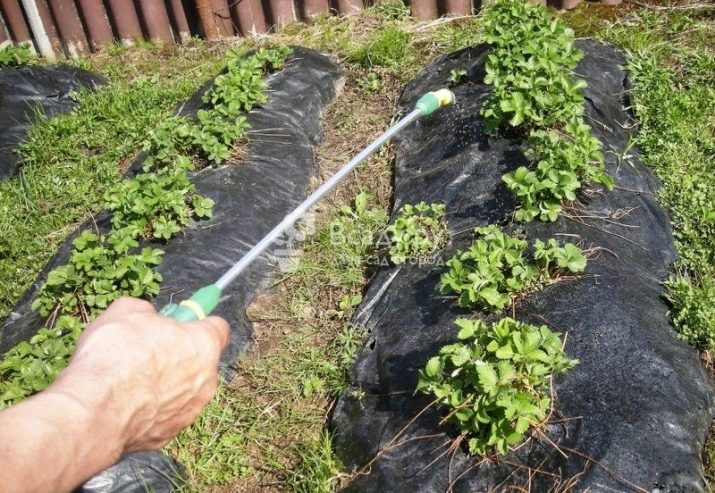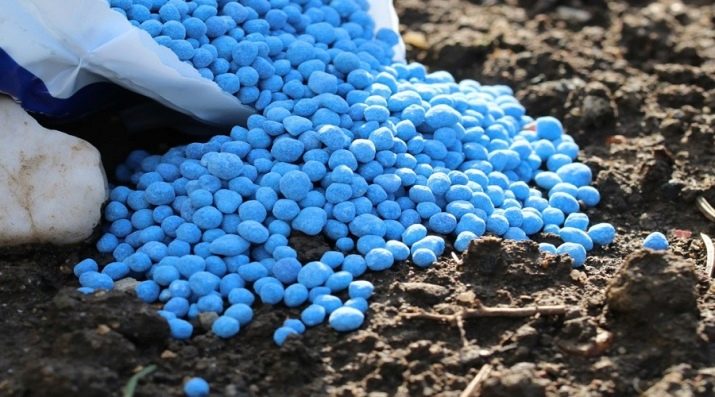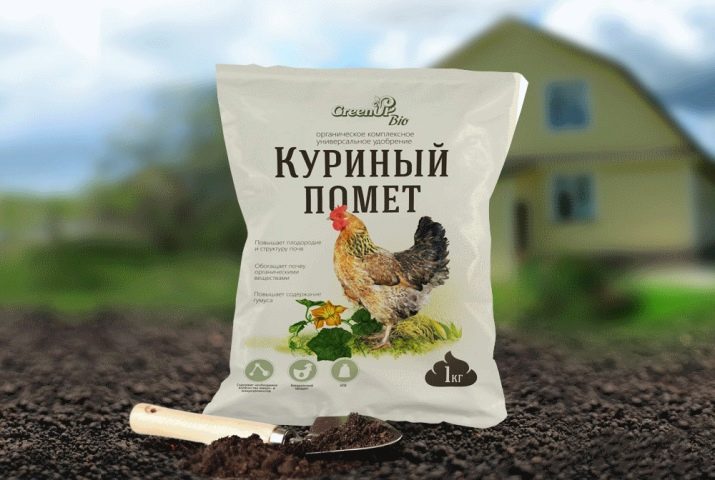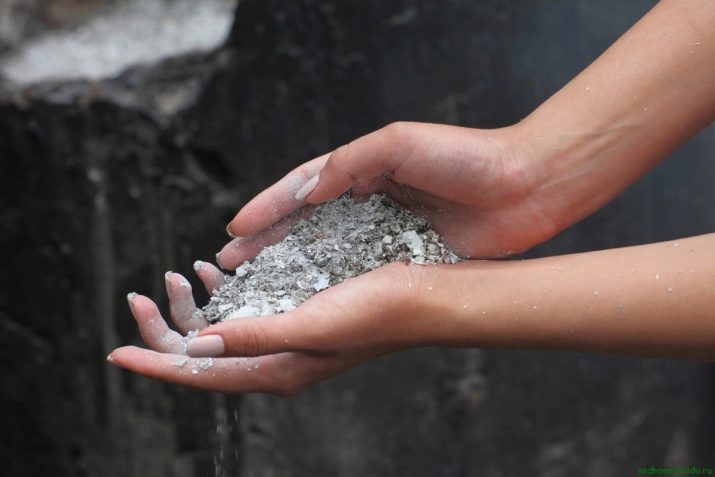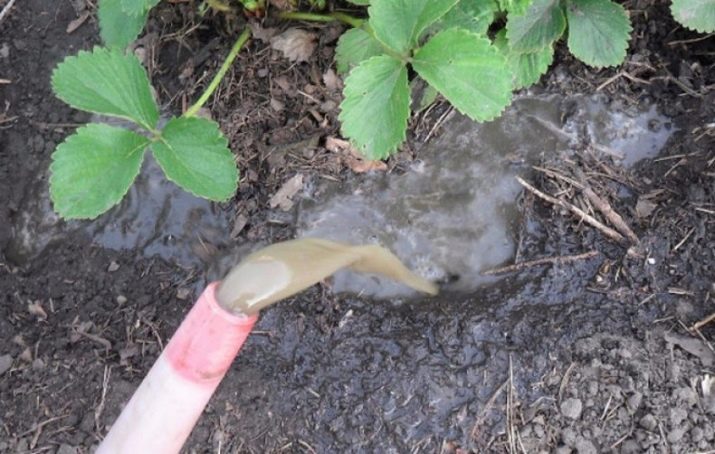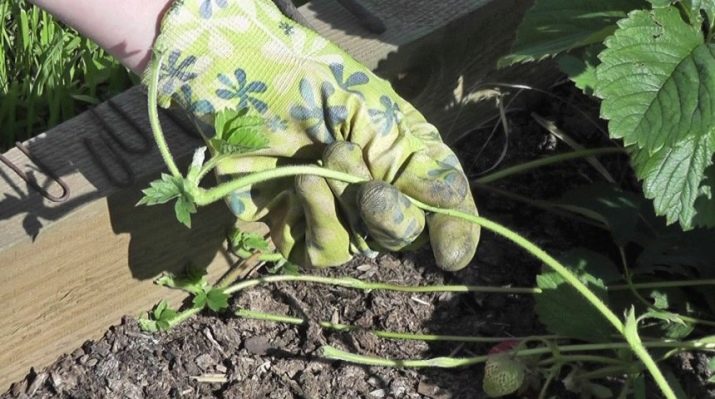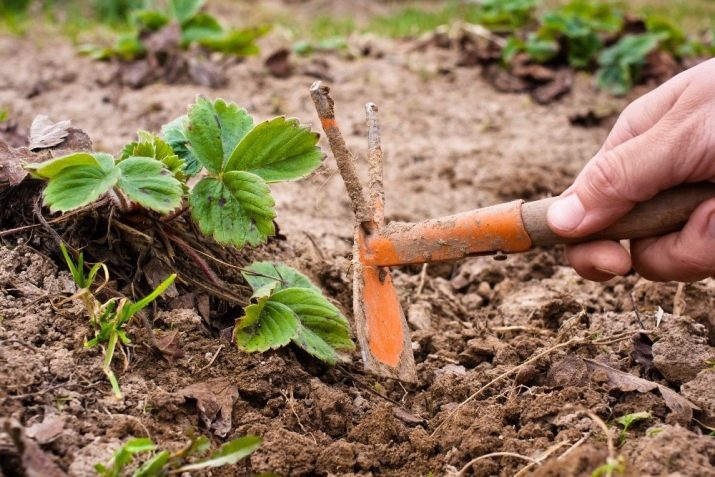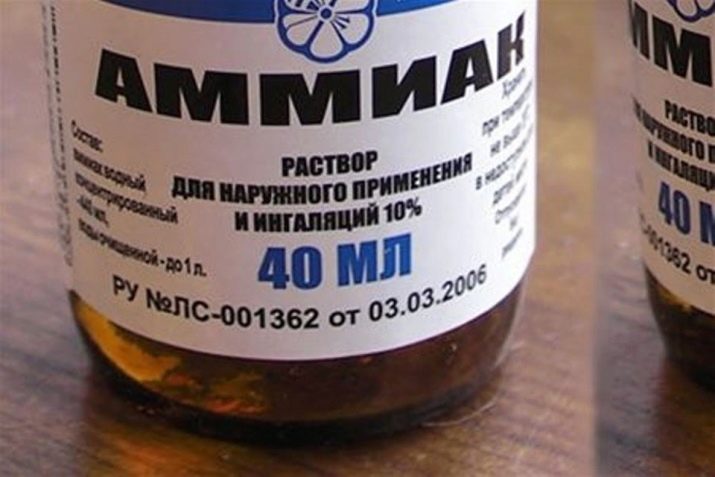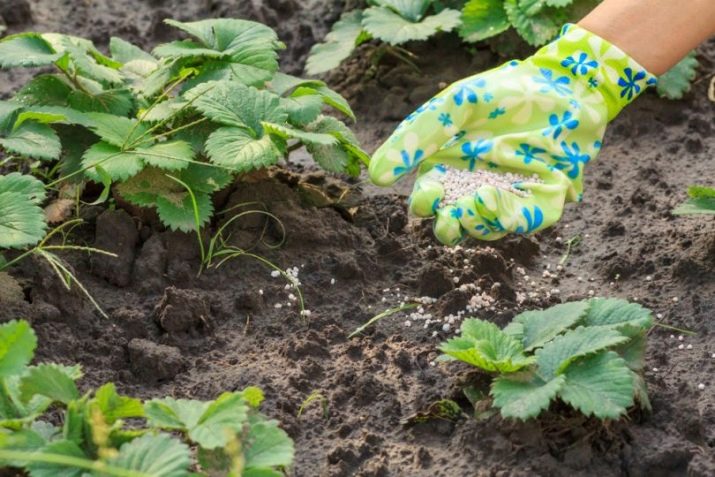How to feed strawberries after fruiting and pruning?
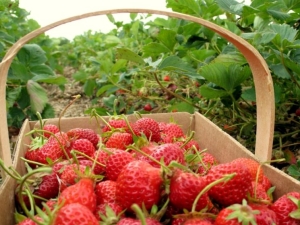
Plant nutrition is no less important than, for example, watering or pruning.
For such berries as strawberries, care is required extremely conscientious and attentive, because it can grow tasty and high-quality only if all agro-technical rules are observed.
It should be understood that strawberries of any kind cannot provide themselves with all vital substances on their own, which is why mankind invented various fertilizers.
Extremely complex action is fertilizing after fruiting. It is very important to carry it out correctly and carefully in order to get a rich and tasty harvest.
It is about feeding after fruiting and will be discussed.
Timing
For any procedure, there is a favorable period of execution. To determine the appropriate time and season, it is necessary to understand what processes occur in the plant at any time. For feeding, spring is considered the most favorable period, namely April or the beginning of May.
Feeding in the spring
Everyone knows that spring is a period of growth and flowering of plants. At such a time, all the processes of growth and development occur many times faster. At this time, the plant requires fertilizer that can help as soon as possible to increase the generative mass. Nitrogen fertilizers are perfect for this purpose.
It is important to understand that having made such a substance in the autumn period, one can not hope for it. After all, in the winter, during severe frosts, these substances simply evaporate, leaving behind only harm.
In the spring, only two treatments with nitrogen are conducted.
- After spring cleaning. This time of elimination of old foliage and careful weeding, after these procedures and feeding is carried out. If no precipitation is observed at this time, the soil should be watered abundantly.
- After the start of advancing the peduncle. Pre-supplied with moisture, the plant will be able to absorb all the required substances and all chemical reactions will take place like clockwork.
Berry ripening period
At this time, the strawberry does not need feeding. She also does not need watering. Here the vegetative mass contains many substances that need to be processed. Fruiting time can last from one to one and a half months. It is extremely important to monitor phytosanitary factors, avoiding fungal diseases.
If spots are formed on the plant, iodine solution should be used. Such traces may be a sign of some dangerous diseases, for example, powdery mildew or gray rot, and iodine will prevent their development at an early stage. It is necessary to add ten such drops in a bucket of water.
This mixture can also have a fungicidal effect on strawberries. Iodine solution can be used only on podzolic or peat soils.
After picking berries
After collecting the fruit, the plant enters a stage of calm and rest. At this time, it is extremely important for him to gain strength before the next fruiting.
Special fertilizing is not needed, since strawberries still have spring nitrogen reserves. In the case when the spring
top dressing was not carried out, it is required to feed a solution of chicken manure.
At the very end of summer, buds begin to form for the next season, and they use nutrients that were introduced a year ago. But if such supplements were not carried out, it will be necessary to immediately implement them.
In July - August
At this time it is necessary to introduce substances that can favorably affect the future flowering. For such purposes, potash and phosphate fertilizers are considered relevant.
With a lack of potassium nitrogen metabolism deteriorates, as well as the outflow of various substances. With the required amount of potassium, the plant is able to become extremely resistant to frost and various viruses.
Phosphate fertilizers are needed for energy exchanges. The lack of this substance makes it harder to transfer hereditary information, as well as the process of photosynthesis.
It is important not to use chlorine-containing fertilizers, as well as too dry. A shrub requires 250-300 milliliters of a substance.For the manufacture should take about fifty grams of magnesia and dissolve it in a bucket of plain water.
In general, the most favorable periods for feeding are spring or late summer. Autumn feeding is not very effective due to the fact that all the introduced substances evaporate over the winter.
Suitable fertilizers
The popular fertilizers include those fertilizers that are capable of extremely rapidly absorbed and affect the growth and development of the plant. The most common ammonium nitrate or urea. These substances can only be dissolved in plain water. But to throw the whole granules or tablets into the bushes is meaningless, since the process of absorption requires the presence of moisture.
It is necessary to take into account the fact that spring is an extremely fleeting season, and every day is very important for the growth and development of a plant.
It is very important to feed the strawberries in this season correctly and in a timely manner. The selected fertilizer must be dissolved in water. One bucket requires three tablespoons of the substance. On one bush will need about 300 milliliters of solution.
A good option can serve as ammonia. To make it, you need to add two tablespoons of ammonia to a ten-liter bucket of water.
There are also organic fertilizers. These include chicken droppings or horse manure, which were mentioned above. But in no case can not use chicken droppings in dry form, since such a mixture will only burn the roots, and there will be no good.
For the preparation of the solution of chicken droppings, the proportion is one to twenty, and for horse manure - one to ten. A common mistake in the preparation of these fertilizers is insistence. In this process, fermentation begins, so that the nitrogen needed for strawberries evaporates.
It is important to feed only freshly prepared solutions. For longer feedings, rabbit or goat excrement may be useful.
The following are considered the most popular and effective fertilizers.
- Mullein. Korovyak can be used both in dry and in liquid form, however, it is very important that it is rotted, as such a substance can protect strawberries from fungal diseases. To cook it, you will need to divide the water into ten parts and gradually pour one part of the mullein with them. After a day, the solution can be applied. For greater effect, some gardeners add one piece of ash.
- Herbal infusion. It will take a barrel, half of which must be laid with grass (this could be straw, nettle, hay, weeds, and so on). Then add ash and pour water. The mixture must be left for ten days in the sun. After this time, one-to-one proportion of water is added and used.
- Nitroammofosk. This substance is mineral, and in order to prepare it, you will need to add one tablespoon of the substance to a ten-liter barrel of water.
Of all the existing dressings, you can choose only one, because when using all at the same time, the plant can get an excess of nitrogen and die.
Preparation and application of dressings
After fruiting and harvesting, it is necessary to fertilize the plant. This will give him the strength necessary for further growth and future harvest. Such works are carried out only in the autumn season and they are divided into two stages.
The first falls on the last days of August, and the second on the end of October. Both dry and liquid fertilizers can be used for such works. However, to achieve greater effect, they can be combined.
Proper dressing should be done before feeding. It should begin with the removal of straw or sawdust. Extremely dangerous viruses and pests could remain in them.
We must not forget about the old leaves, which must be mowed at a height of five centimeters from the surface of the earth. Also need to remove and old mustache.
Shrunken or diseased plants are subject to removal.Crop foliage can only be on plants that have reached the age of two.
The removed foliage needs to be burned, and it is categorically impossible to use it as mulch. After cutting the strawberries need processing with warm water with some amount of potassium permanganate. The resulting liquid should have a light pink hue, and it should be applied gradually, falling on each part. After that, it is necessary to apply milled wood ash or charcoal to the raw bushes. After three days, the work should be repeated.
It is also necessary to thoroughly break through the soil - this will create a favorable source of oxygen. It is very important not to cover the heart with soil.
Every fertilizer must be dissolved in water. It is necessary to fertilize as follows: about 300 milliliters of a substance are required per bush. Too much fertilizer can affect strawberries very badly - this can slow down all the processes.
One day after top dressing, it is necessary to give the plant potassium, “puffing up” all the beds with wood ash or using the fertilizer “Gumat potassium”.
It is important to ensure that after the procedures on the bushes did not appear small flowers. They are able to weaken the plant, so they should be removed.
In late August, preventive work should be carried out to protect the plant from diseases and insects. Here you will need ammonia solution for each root. About ten milliliters of substance should be added to ten liters of water.
An alternative to ammonia can serve as a normal little green. She is able to well protect strawberries from pests.
It only takes to dissolve forty drops of the substance in one bucket of water. Many gardeners claim that this tool is very effective against diseases such as powdery mildew, gray mold and many others.
It is important to know that it is possible to carry out top dressing only in the presence of wet earth and only under the bush, without falling on the leaves of the plant. Because of this, it is very important to water the strawberries before the procedure.
Feed strawberries after fruiting - a very important thing that requires special attention and care. For this reason, before implementing this procedure, it is necessary to carefully study all agrotechnical rules. To process a plant is a simple but extremely important task.
Having performed all operations with due diligence and trembling, the plant will generously thank the host for its rich and tasty harvest.
Tips for caring for strawberries after fruiting, see the next video.

